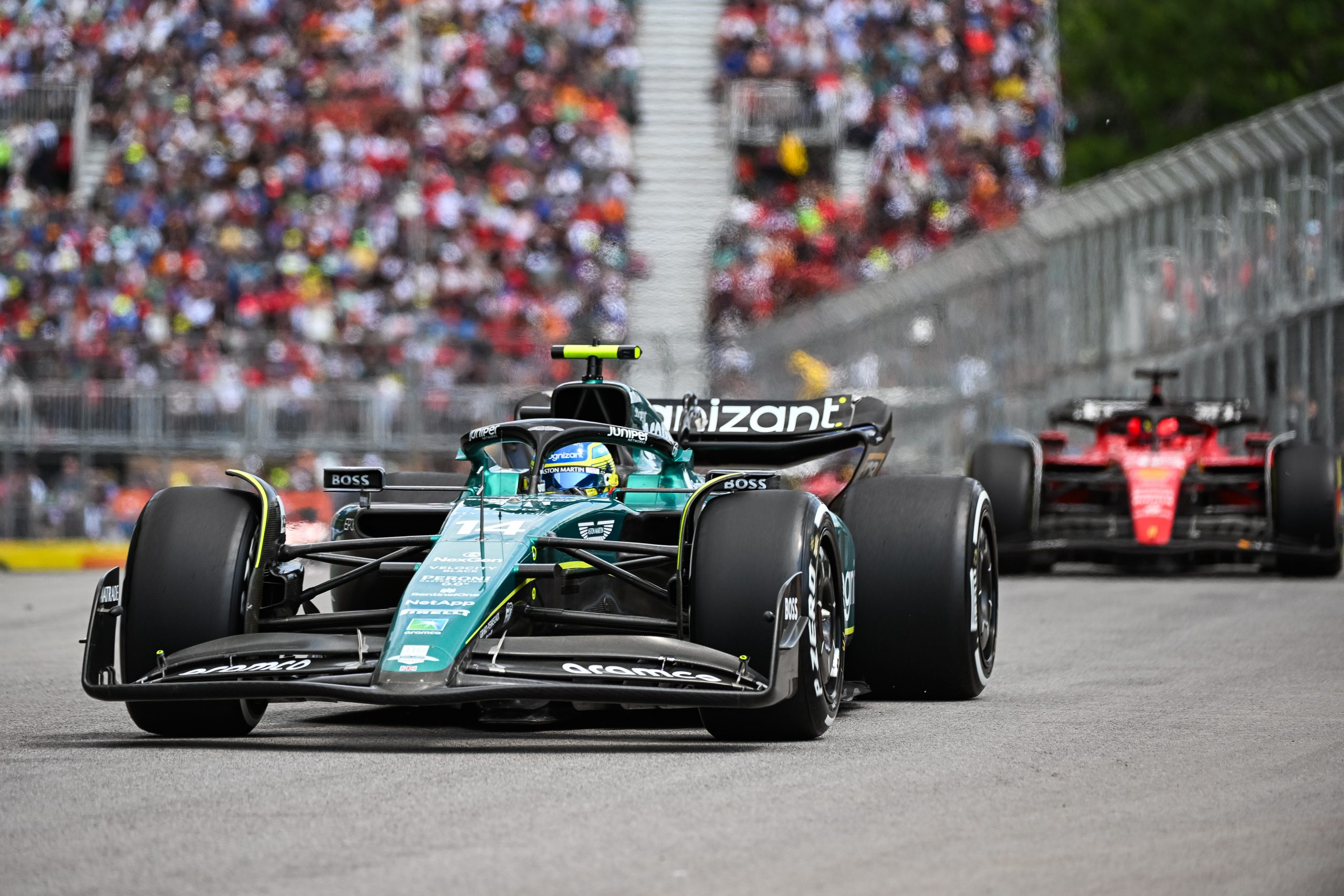Aston Martin has a small window of opportunity to correct their failed efforts to develop the AMR23 this season.
Aston Martin began the 2023 season in phenomenal forming, debuting an AMR23 car with enough pace to fight for podiums. There were whispers of Aston’s strong winter development heading into pre-season, but the first round in Bahrain was a shock nonetheless. Fernando Alonso claimed a podium finish in what was, initially, the second-fastest car in F1 – only slower than Red Bull.
Considering that Aston Martin spent last year in the midfield, this progress was almost miraculous. Alonso’s 2023 qualifying time was over two seconds faster than Aston’s best time in 2022. However, this fairy tale story would slowly morph into a far more disappointing reality for the British outfit.
Six podiums in eight races confirmed the early potential of the AMR23. With Mercedes and Ferrari failing to improve substantially over the winter break, Mike Krack’s team found itself with a golden opportunity. Second place in the constructors was there for the taking, alongside the prospect of becoming an established top team.
The failed Canada upgrade
However, significant issues began emerging after the Canadian GP. A large upgrade package was introduced in Montreal, including a new floor, with the intention of improving efficiency. With Alonso securing yet another podium and crossing the line in P2, these changes seemed positive.
Unfortunately for the Silverstone-based team, this result obscured the reality of the situation. In subsequent rounds, the AMR23 lost its superiority in low-speed corners – whilst failing to improve its top speed substantially. Moreover, a car that was easy to set up and optimize at the beginning of 2023 became difficult to keep in its operating window.
Chequered flag on the #JapaneseGP. 🏁
Fernando brings it home in P8, with Lance unfortunately retiring due to a rear wing failure after an impressive start. pic.twitter.com/eubWzVEZRi
— Aston Martin Aramco Cognizant F1 Team (@AstonMartinF1) September 24, 2023
The resurgence of McLaren post-Austria only worsened things for Aston Martin, who have steadily declined throughout this year’s campaign. A series of corrective updates were added in Belgium and Zandvoort. At the Dutch Grand Prix, an inspired performance from Alonso provided some hope that his team was back on track. However, disappointing rounds in Singapore and – above all – Japan paint a different story.
Fernando Alonso’s Q3 time was worse than Sebastian Vettel’s from 2022 – a clear cause for concern. Although the Spaniard’s race pace was slightly more reasonable, Aston Martin was still several steps behind McLaren, Ferrari and Mercedes.
At the outset of this year’s campaign, Mike Krack made clear that upgrades would arrive until the final race in Abu Dhabi. This strategy is unchanged, especially given the team’s recent form.
A shrinking window of opportunity
Next year’s cars will be an evolution from this year, and so any unresolved issues on the AMR23 could be carried over into 2024. This makes it critical for Dan Fallows and his team at the factory to reverse the car’s worrying new behaviors.
Aston Martin could lose fourth in the Championship to McLaren, something nobody would have predicted after Bahrain. However, the series of corrections planned for the final races this year are of far greater significance.
If solutions cannot be identified quickly, the seemingly rock-solid foundation Aston had in Bahrain will evaporate. By extension, this will prevent Mike Krack’s team from having full confidence in its simulation and development tools over winter.
The challenge of going from a midfield team to a contending one is often discussed in F1. However, perhaps the biggest challenge in F1 is not becoming a top team – but rather staying as one.






